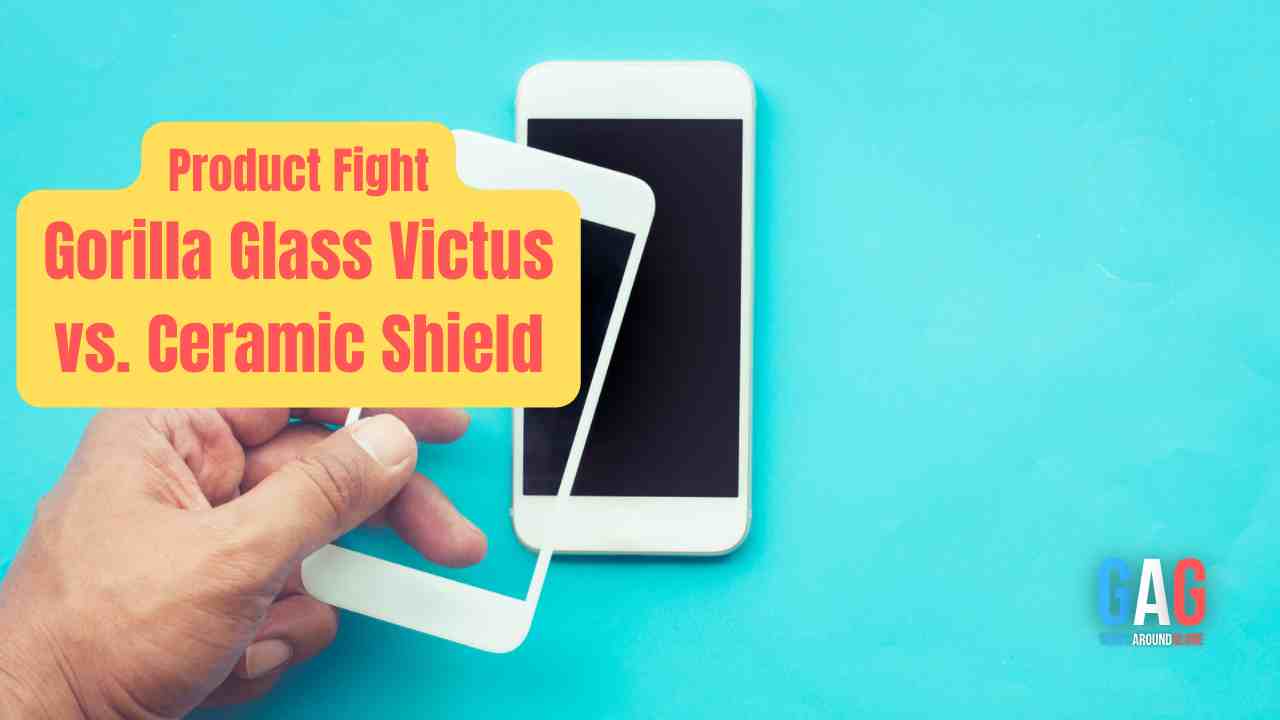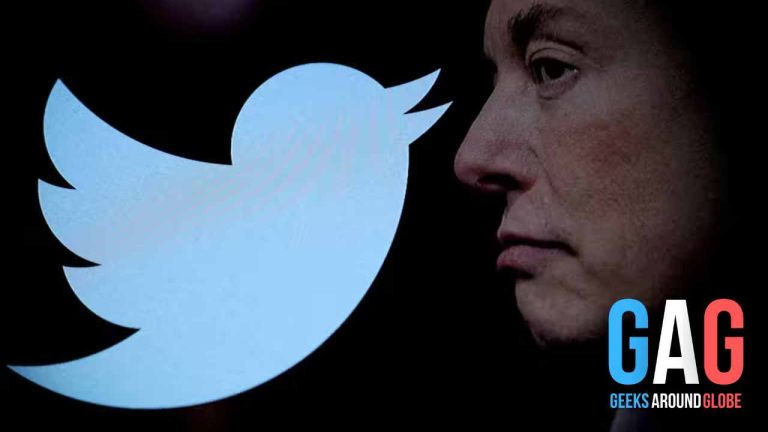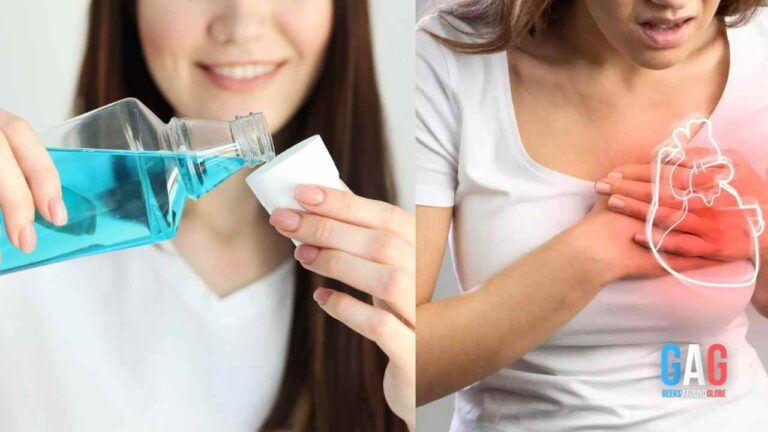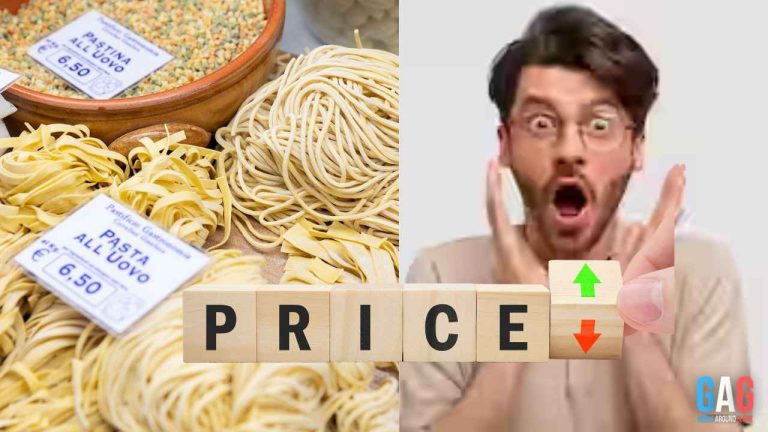By: Sophie Howard
The year has changed, and so have the seasons. Summertime is the best of them all, won’t you agree? It gives us a chance to visit friends, grandparents, and other special people in our lives to catch up with things. The summer season can even cause one to bring out the old bicycle and roam around town. After all, it’s a beautiful day. Who knows when it will happen again. You’re unfamiliar with the new neighborhood yet a familiar feeling loom wherever you turn your bike. You’re unaware that several streets are being rebuilt, and so, your bike strikes a pothole as you turn a bend, and you fall to the ground. You get up, brush yourself off, and take a look around. Fortunately, you’re unharmed with only a minor scrape on your leg. That is until you see it.
Your nice new phone lies face down on the sidewalk. Cue in the dread and anxiety: is the screen damaged or is it fully intact? Modern mobile phones are built differently nowadays. These devices are quite powerful when it comes to their functions and capabilities. Their screens are also almost as wide as the device itself. But just how much force can they take before they crack?
In today’s Product Fight, we will discuss about two of the most well-used screens for portable gadgets by any brands.
Gorilla Glass Victus Review
Corning recently announced its newest generation of Gorilla Glass, the chemical toughened super-glass used by dozens of consumer electronics manufacturers. The new glass, dubbed Gorilla Glass Victus, was created to increase the drop performance of electronics dropped from a specified height precisely, waist height to shoulder height onto uneven surfaces. Selfie-takers rejoice! Corning claims that when dropped from 1.6 meters, Gorilla Glass Victus survives up to 80% all the time.
Corning Gorilla Glass Victus was introduced in 2020 and increased the bar for drop protection. Gorilla Glass Victus has been tried to resist drops from 1.2 meters onto hard, uneven surfaces. Competitive aluminosilicate from other manufacturers usually fails when dropped from less than 0.8 meters. Even better, when competing for aluminosilicate glass, Gorilla Glass Victus provides a times two improvement in scratch resistance. All of this adds up to the ideal balance of security and performance for today’s mobile devices.
According to Corning’s internal data, 85 percent of smartphone owners have dropped their phones at least once in the last year, with two-thirds of those drops occurring between waist and shoulder height. So, while prior iterations of the glass were tough, they weren’t as tough if you dropped your phone while taking a picture or getting it out of your pocket. And because rough surfaces are especially harsh on fragile devices, Corning spent a lot of time researching and developing the new glass by dropping it on rough surfaces.
In 2007, Gorilla Glass first appeared in consumer electronics products. Since then, the business has improved the glass’ overall durability and scratch resistance while also thinning it. Global smartphone penetration was barely around 10% when Gorilla Glass was initially released; now, it’s around 75%. The creator of Gorilla Glass claims to have sold 4.5 billion gadget units with their glass. Samsung, HTC, Asus, LG, HP, Huawei, Lenovo, and other undisclosed device makers have all used the glass in their smartphones.
Ceramic Shield Review
Apple’s new iPhone 12 is protected by a brand-new type of glass known as Ceramic Shield, which the company claims are the hardest glass ever used on a smartphone. Every year, Apple makes a similar claim about their glass, but this year could be different because this isn’t your average glass. The ceramic shield that protects the screen looks and feels like glass, but it is actually a blend of glass and ceramic, as the name suggests, which is harder than most metals. It’s a brand-new iPhone cover material that’s nothing like anything we’ve seen before.
The ceramic shield just protects the iPhone 12’s front or screen. The glass of its back is the same as those in iPhone 11 last year, which Apple claims is the hardest in the industry. Corning manufactures both types of glass. Aside from the glass, the design is another aspect that could affect how well this phone withstands drops. The iPhone 12’s glass is flush with the metal frame, rather than curving up like prior generations, which exposed more glass. Apple claims that only the design option will make the back and front of the iPhone X twice as durable as previous versions.
For 3 feet slide-down test, try putting your phone in and out of your pocket. It’s one of the most common occasions you’ll drop it. While dropping a phone from hip-height is generally safe, the screen will likely be cracked if it lands on the street or sidewalk. The top of the iPhone 12 hits the ground first, then the bottom when dropped from the hip height. Then it bounced about a bit further before resting flat on the sidewalk, screen side down. You’ll notice that the phone’s aluminum frame has a few minor dents around the edges, but nothing major.
Moreover, ceramic shield is a new protective glass covering on Apple’s iPhone 12. Scratch resistance is also their new feature. Glass protection hasn’t always been Apple’s strong suit, so this appears to be a significant step forward. The key advantage of this ceramic technique is its low defect count and toughness. On the other hand, ceramics are not normally as translucent as conventional glass. We’ve seen ceramic glass on the back of smartphones previously, such as the Samsung Galaxy S10 + from 2019, but it’s less common as a display protector for this reason.
The Key Difference Between the Two
Apple claims that the iPhone 12 is four times more resistant to drops than the iPhone 11. These improvements can’t be attributed solely to Ceramic Shield, but rather to both Ceramic Shield and the design, which places the glass flush with the very robust stainless steel side frame. The Gorilla Glass Victus improves drop resistance to 2-meters from 1.6-meters.
When these factors are combined, Ceramic Shield is predicted to be much more drop-resistant than the next best phone glass, Gorilla Glass. Drop resistance, on the other hand, differs from scratch resistance. In fact, as the glass becomes more durable and resistant to drops, it becomes softer and less scratch resistant. Gorilla Glass Victus promises to be twice as scratch-resistant as Gorilla Glass 6, yet in some Hardness Tests, light scratches appear at level 6.
Expect the Ceramic Shield to scratch at the same rate but with a little better rate than the Gorilla Glass. It signifies that Ceramic Shield improves slightly with scratch resistance over Gorilla Glass. The most significant distinction between Ceramic Shield and Gorilla Glass is that they are made of two distinct materials: glass and ceramic.
Glass is a noncrystalline material, meaning that the atoms that make it up have no particular order or structure, and it’s generally translucent in appearance. Ceramic is typically defined as glass that has been superheated till it forms a crystalline structure with organized atoms. Consider a grid made out of spherical magnets that snap together to form a grid. Typically, ceramic is opaque.
The Similarities Between the Two
Both devices perform similarly well in the drop test, and the few irregularities can be attributed to sheer luck and positioning. But both excel in drop-test, which is very good news for those who often drop their phone at waist level. Additionally, Gorilla Glass is reported to be four times scratch-resistant than its competitors and twice as scratch-resistant as the previous version. While according to Apple, the Ceramic Shield has gone through the same dual-ion process as the phone’s back glass, the same glass at the back of the iPhone 11.
It means that they both improved the quality of their product compared to the previous version they have. The drop test shows that both can handle at least waist level height fall, and the scratch test shows that both of them are capable of holding until level 6 and more if tested thoroughly.
Which is the Winner?
The winner of this bout is no other than Gorilla Glass Victus! It is the latest and greatest form of Gorilla Glass; therefore, it’s a major competitor to Ceramic Shield – albeit Corning creates both. Given that Apple claims Ceramic Shield is tougher than any other smartphone glass, the Gorilla Glass Victus probably included, although the difference may not be significant.
Corning claims that Gorilla Glass Victus is the strongest Gorilla Glass it’s ever manufactured, with two times the scratch resistance of Gorilla 6 and four-time the scratch resistance of rival aluminosilicate glasses. The strong device glass you’ve been waiting for is the Gorilla Glass Victus. Corning says they’re excited to work with device manufacturers to ensure that the next product they will release has this level of robustness.
Final Takeaway
Smartphones aren’t inexpensive. While there are many arguments for and against purchasing a screen protector, there isn’t much to lose. Paying a small amount for screen-free micro-scratches, comfort, and convenience is still a good price. Though you have a Gorilla Glass Victus or Ceramic Shield by your side, it is even safer just to have one screen protector with your beloved gadget.
FAQs
Do screen protectors really protect?
Yes. They can actually help you to protect your screens from scratches and prevent them from breaking easily.
When was the first screen protector made?
Herbert Schlegel, in 1968, created the first-ever screen protector for the television screen.
What was the first screen protector made of?
Polyethylene Terephthalate is the main component of the thin first screen protector and will provide you with extra impact protection and scratch resistance.
Is the sapphire screen protector worth it?
Others say that the screen also provides you with scratch protection and break resistance, while others say that the screen is not worth it because the glass wasn’t so clear.
Is the screen protector waterproof resistant?
The screen protector helps us with scratches, dirt, fingerprints, and shock. A screen protector also protects and helps to waterproof your phone.
Are You Looking for a Good Quality Product?
Come and check the most popular products today and see what they can do. Product Fight has got you covered in this regard! Whether it is for Lawn & Garden, Electronics, and Computer & Accessories, you can trust us to provide you with the best and only the best.







